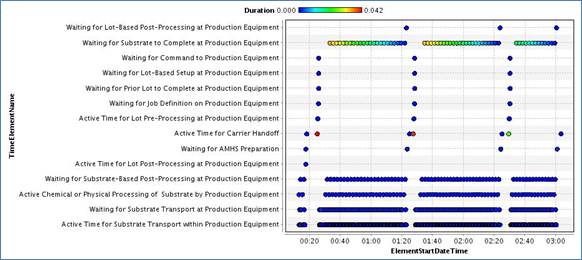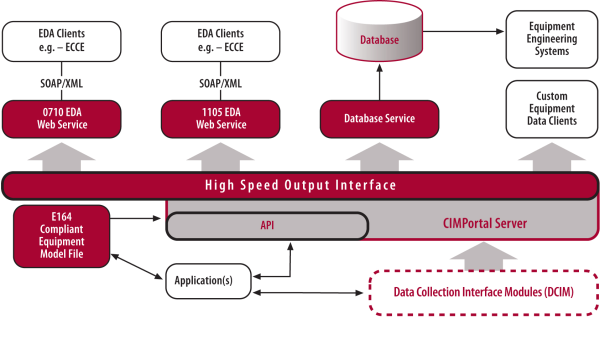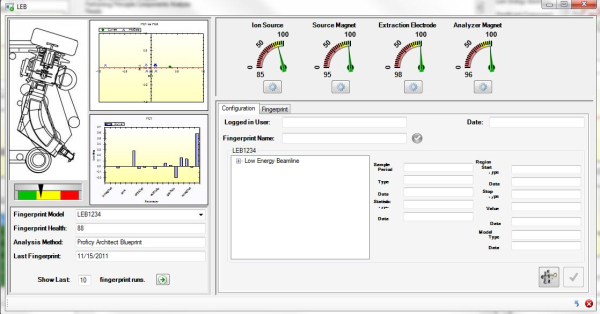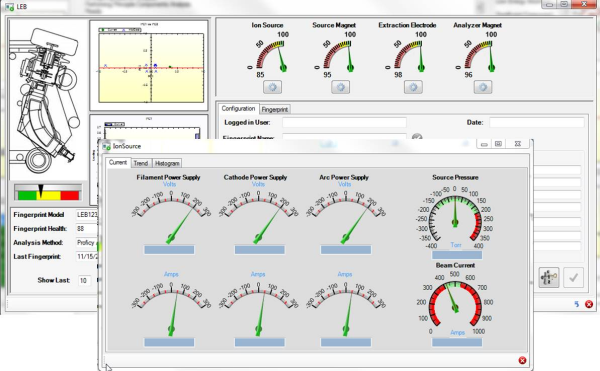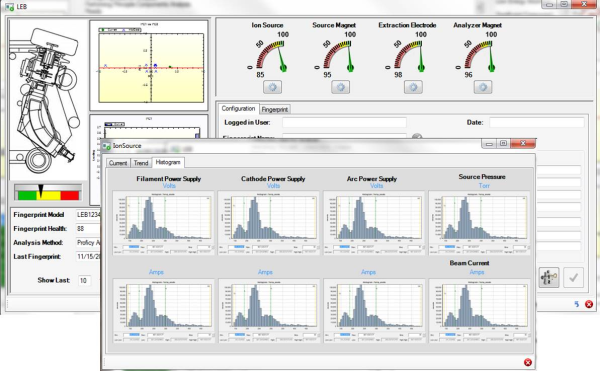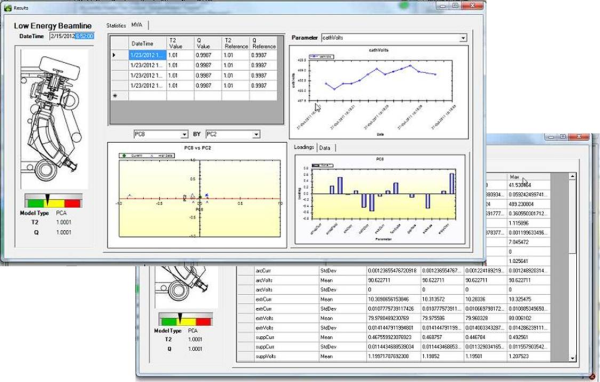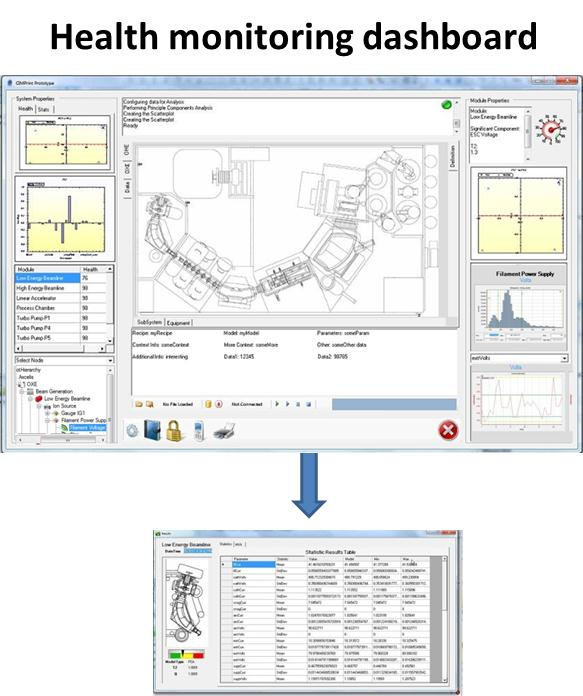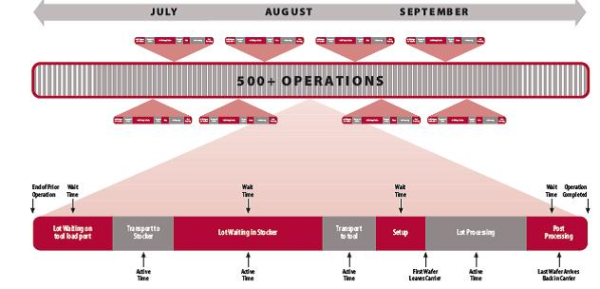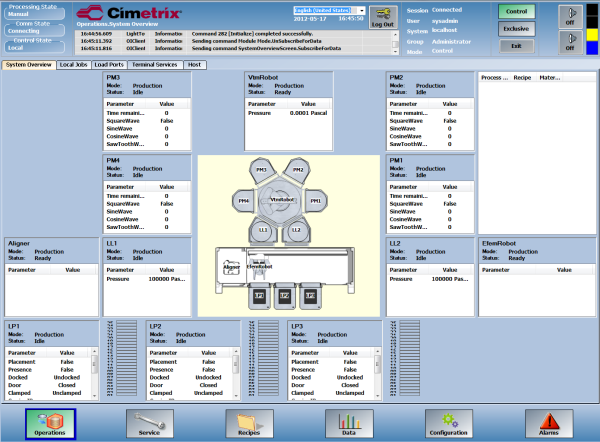By David Francis
Product Manager
We had a lot of interest in EDA/Interface A SEMI standards at our booth at SEMICON West 2012 in San Francisco during the week of July 9. Equipment Data Acquisition (EDA), also referred to as Interface A, is made up of SEMI standards SEMI E125, E134, E120, E132, and supporting standards. EDA offers semiconductor manufacturers the ability to collect a significant amount of data that is crucial to the manufacturing process, including descriptions of the equipment's structure and behavior. This data is represented on the tool as an equipment model, which is communicated to EDA clients as metadata sets. The metadata includes the equipment components, events, and exceptions, along with all the available data parameters.
One of the challenges with creating an equipment model and the resulting metadata sets is the variability with which the model can be created. It is possible for one tool to create a model that is compliant with the standards, but is quite different from the model for another tool, which is also standard compliant. This makes it difficult for the fabs to then reliably know where to find the data they are interested in from tool to tool. This issue has been addressed in SEMI Ballot 5002B which defines the common metadata set that will support consistent implementation of EDA/Interface A Freeze Version II. Through our leadership role in the DDA Task Force, Cimetrix has played a major part in defining Ballot 5002B.
SEMI is in the final proof review of the standard that resulted from the5002B ballot, which SEMI will soon publish as the E164 Common Metadata Standard. With this new specification, equipment modeling will be more clearly defined and provide more consistent models between OEMs, which will make it easier for EDA/Interface A users to navigate models and find the data they need. Some semiconductor manufacturers, such as GLOBALFOUNDARIES, will require both compliance with E164 and validation of the compliance with the ISMI/SEMATECH Metadata Conformance Analyzer (MCA).

MCA is the industry standard means for automated checking for conformance of equipment metadata to applicable portions of the SEMI standards and ISMI guidelines. By using MCA, both OEMs and semiconductor manufacturers will be able to attain consistency in the representation of 300mm data, objects, and events within EDA/Interface A. Those supported standards include E30, E40, E87, E90, E94, E116, E157, and the new E164 standard.

One important thing to recognize is that, since it is possible to create a Freeze Version II compliant interface that will not pass MCA testing, understanding the requirements for compliance to both before beginning the design.
For more information about EDA/Interface A Freeze Version II, as well as the new E164 and MCA testing, contact us at Ask EDA/Interface A Question. We are recognized as one of the industry leaders in SEMI standards. Let’s talk and find out how we may be able to help.



